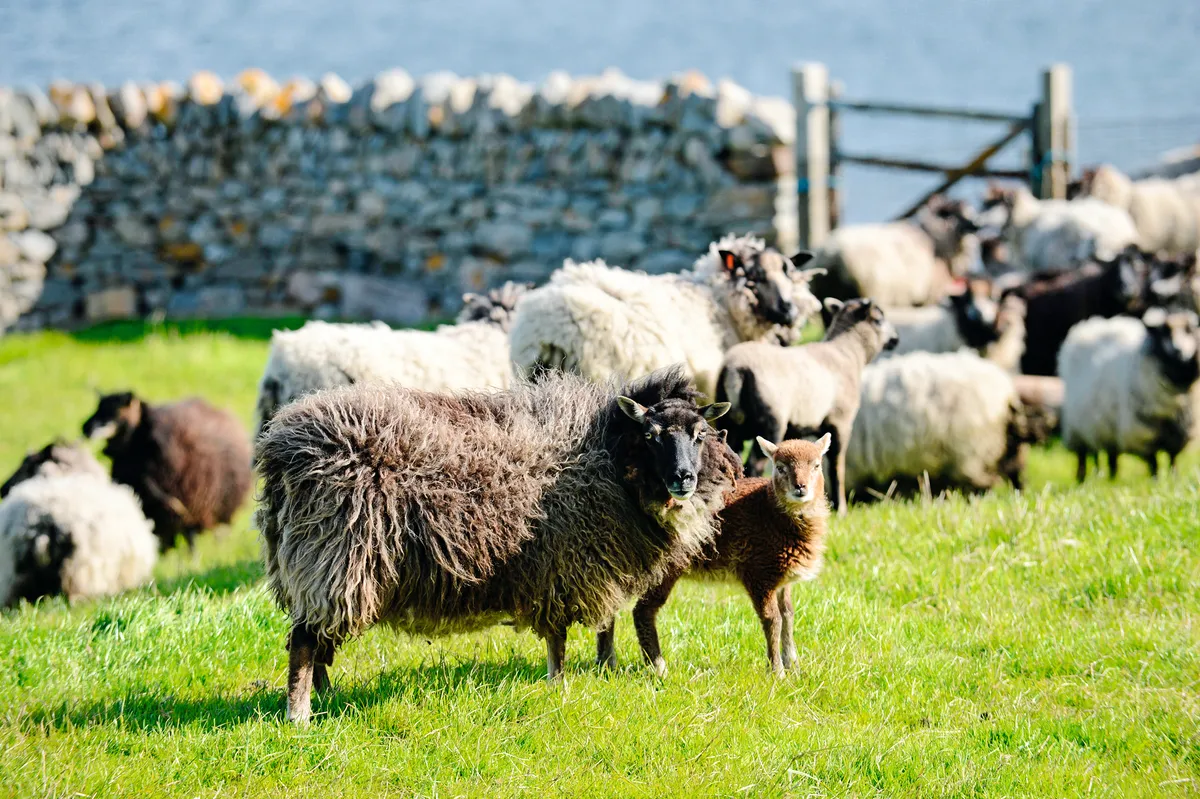Have you ever heard the old Australian folk song Click Go the Shears? I first came across it 35 years ago when I was working on farms and sheep stations in Oz, helping to look after flocks of 16,000 ewes or more.
The song is a bit of an Aussie anthem and it’s worth looking up, because although it’s about shearing gangs Down Under, it paints a pretty accurate picture of life on our Cotswold farm at this crucial time of year. The lyrics describe the expertise of the lightning-quick shearers, the cleanly shorn fleeces falling to the floor and the bare-bellied ‘Joes’ (the ewes, once they have had their annual short, back and sides). And like all good working songs, the rhythm matches the pace you need to do the job well.
Because the Antipodes have a lot of sheep, it’s no surprise that Australia and New Zealand have a lot of shearers, and it has long been a tradition that when winter arrives there, shearing gangs come to the UK and travel from county to county removing millions of fleeces.
As I write, it’s unclear how many Aussies and Kiwis will be here this summer. But the ones who make it over will be welcomed with open arms; they are usually responsible for shearing around 20% of the national flock. To see a top-class shearer at work is a jaw-dropping sight – but despite the expertise of the gangs from Down Under, the best in the world now come from the UK. The shearing world-record holder is a farmer from my neck of the woods. Stuart Connor lives near Banbury and, last summer, sheared a remarkable 872 sheep in nine hours (that is an average of 97 complete fleeces every 60 minutes).

I’ve been shearing since I was a teenager and can definitely get the job done, but Stuart’s in a class of his own. It’s not all about brute strength, though. There’s the skill of handling the sheep, so it supports its own weight.
We have over 900 ewes but we do all our shearing ourselves. As my joints creak and ache, I leave most of the shearing to Mike, our livestock manager, and his assistant Ellen. There are a lot of female shearers these days. I’m occasionally asked the secret to successful shearing and the answer is that, just like mastering a musical instrument or playing a decent round of golf, practice makes perfect.
Then there’s the kit. As the saying goes, a good shear depends on good gear. The tools are crucial; an electric handpiece made up of a well-sharpened cutter and comb, which works in much the same way as a barbershop’s hair clippers.
Please note that external videos may contain adverts
Having lost his memory, the farmer in Shaun the Sheep The Movie (2015) suspects he may have been a hairdresser.
The shift away from hand blades in the early 1900s revolutionised sheep farming, although by today’s standards the early apparatus was pretty primitive; powered by hand-cranked wheels, bicycles and, eventually, petrol engines.
What’s fascinating is that despite England’s long sheep-farming history and the awesome reputation of English wool down the centuries, it was an Australian who helped develop electric clippers here. Jim Davidson was born in Victoria and spent his whole life working with sheep. In 1909 he was head-hunted by Robert Ashton Lister and came to the UK to share his pioneering ideas for ‘mechanical shearing machines’. The rest is history. But I wouldn’t mind betting that Jumbuck Jim knew every single word of Click Go the Shears.


